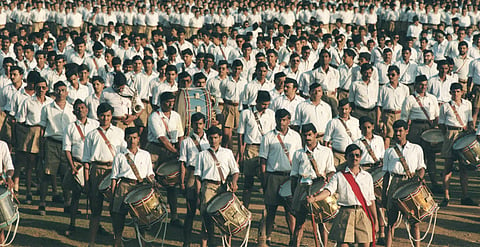How fascism works in India
This text is adapted from the 2025 Raosaheb Kasabe Distinguished Lecture on History organised by the Paine Phule Foundation.
INDIA HAS BEEN central to my work on fascism. Both my books on fascism, How Fascism Works and Erasing History, use India as a primary example.
India, the structure of India, is somewhat different. No two fascist situations are the same. In India, you have a long-time structure of a caste system.
Fascism in Western societies is based on race. There is of course now a lengthy 20th-century and 21st-century literature on the relationship between caste and race. But in a classic example of scapegoating, India has used its Muslim minority as a way to bind together the different castes in support of what looks to be a campaign of ethnic cleansing that is either starting now or at least threatened. The theorist René Girard argued that a political community is created by a scapegoat, that you need to make an innocent scapegoat to bind together otherwise different groups. So this is a different structure than in European fascism.
We’d have to ask, in other non-Western countries too, what the structure of fascism would look like. For example, in Kenya, with over 40 tribes, you just don’t have the background structure that would allow for something that looked like fascism. We could ask whether a dictator like Idi Amin was a fascist, but again, Uganda has such a different structure, such a different base, that it may be too complex to apply a European concept, a concept like fascism.
So why is India so central when there are these differences, when you have caste, and when you have religion, and when you have a Muslim minority? India is different because the theorists of Hindu fascism, V D Savarkar and M S Golwalkar, explicitly took the Nazis’ treatment of Jews as a justificatory model for targeting India’s Muslim population. And the tactics that were used in Hindu nationalism, in the fascist parts of Hindu nationalism, of Hindutva, mirror quite precisely the tenets of fascism, the strategies and tenets of fascism, as I lay out in How Fascism Works.

